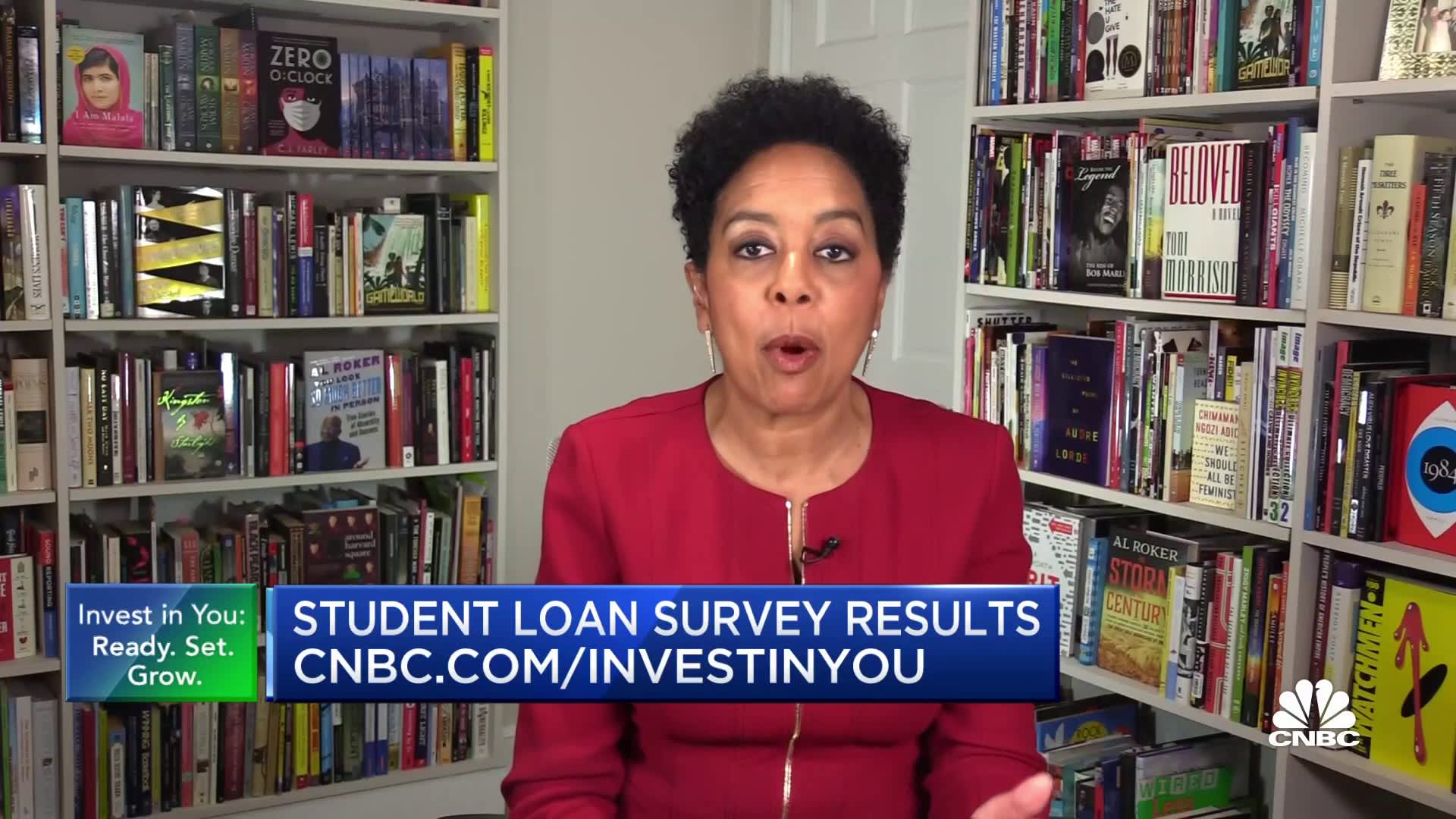EDITOR'S NOTE
Heads are reeling these days as we've suddenly heard more and more and more hawkish forecasts from the economic community. First, Goldman came out a few weeks ago with a bold call for four rate hikes this year. Speaking on our show the next day, Jamie Dimon said he personally wouldn't be surprised if it were more than that!
Then Fed chair Powell gave his surprisingly hawkish press conference last week, which sent the markets into a tailspin again. And then, on Friday, Bank of America suddenly asserted there could be seven rate hikes this year! It was a forecast so preposterous that few even took it seriously. The Twitter jokes and eye-rolls came fast and furious. But we spoke to BofA's economist, Ethan Harris, on Friday--who, as I pointed out, is typically one of the least provocative voices on the street.
"The last business cycle is the last thing we should be looking at," he told us. "I don't view seven hikes as being out of the ordinary, it's just different from the last decade." He added, speaking about how far behind the curve he thinks the Fed is, "You can't catch up [hiking rates] once a quarter."
And sure enough, this weekend Atlanta Fed president Raphael Bostic told the Financial Times he wouldn't rule out a half-point (instead of quarter-point) rate hike this year "if the data say that things have evolved in a way that [that] move is required or [would] be appropriate." This, by the way, is something hedge fund manager Bill Ackman first called for a couple weeks ago to "restore credibility." Bostic added that although his base case is still for just three hikes this year, "If moving in successive meetings make sense, I'll be comfortable with that."
Whew. It's a lot. What's more, Chair Powell seems to want to keep the markets guessing--in part, it seems, because the Fed itself doesn't know yet what it will do. "Forward Guidance, a principle set in place by previous Fed Chairs Ben Bernanke and Janet Yellen during their tenures in order to not surprise the markets, appears to be dead," wrote strategist Komal Sri-Kumar in a client note this weekend. It's not the Fed's hawkishness so much as its unpredictability, he said, that is now the "major risk" to markets.
Now for most of us who lived through the post-financial-crisis decade in markets, it's easy to shrug this all off. We've heard it before, and it never pans out. They all say the Fed has to tighten, they scream about hyperinflation, but in the end the Fed backtracks every time the markets fall apart. Recall the Fed cut rates in 2019--before the pandemic ever hit! In the very late stages of an expansion! The economy was so fragile for so long it could barely endure any tightening.
But...this time is different. And we've all been conditioned to ignore that phrase, jokingly called "the four most dangerous words in finance," after the famous 2011 Reinhart-Rogoff book called "This Time Is Different: Eight Centuries of Financial Folly." The twist, though, is their dire warnings about 90% debt-to-GDP being a tipping point into negative growth itself was a bit of folly, based on bad data that was revealed a couple years later.
"This time is different" is, of course, always true. There are never two identical circumstances. The inflation of the '70s was different from the inflation now. The real estate crash of the late '80s and early '90s was different from the 2006 bubble that sparked the financial crisis. The financial crisis was totally different from this pandemic. Obviously!
The post-pandemic period is very different from what we went through last decade. Nominal demand, in terms of GDP, is far stronger (it was almost 10% last quarter). The unemployment rate is already near historic lows. The prime-age employment-to-population ratio is already back to where it took seven years to reach post-financial crisis. Inflation is clearly going to be higher than target for some time; Goldman just upped its core inflation rate to 3.3% for the U.S. this year.
And we should also note that the U.S. is in different shape than many other parts of the world. The Euro area, as Goldman notes, still looks much weaker, with half the rate of core inflation we're experiencing. Their central bank isn't likely to raise rates as soon, while the U.K. is expected to have to hike several times this year ultimately. Even Canada is experiencing higher core inflation, while Japan remans relatively moribund.
Just as much as that could put upward pressure on the dollar, though--which is typically a headwind for stocks--it could leave ample global demand for U.S. Treasuries, which is arguably more important right now. Just look at the auction results last week, where Treasuries saw a massive spike in foreign demand. This takes away one of the key concerns major investors like Stanley Druckenmiller have had about a possible spike in rates.
So to sum things up: the Fed is in a rush to tighten (it's still doing quantitative easing!); the stock market won't rattle them as much this cycle as it used to; and foreign demand should help keep our rates, especially longer rates, from spiking too much. Expect to hear a lot more about this if the yield curve (the 2s/10s) does invert, as it's already flattened quite considerably. The real question if it does invert this year--which typically presages a recession--is, is it different this time?
See you at 1 p.m!
Kelly

KEY STORIES
IN CASE YOU MISSED IT
| ||||||||||||||||||||||||||||||||||||||||||||||||||||||||||||||||||||||||||||||||||||||||||||||||||||||||||||||||||||||||||||||||||||||||||||||||||||||||||||||||||||||||||||||||||||||
Senin, 31 Januari 2022
This time is actually different
Langganan:
Posting Komentar (Atom)








Tidak ada komentar:
Posting Komentar